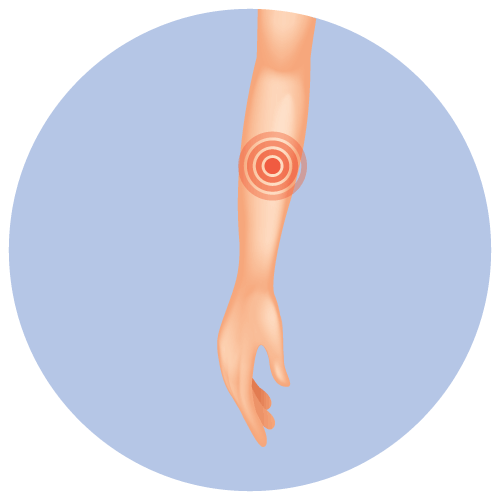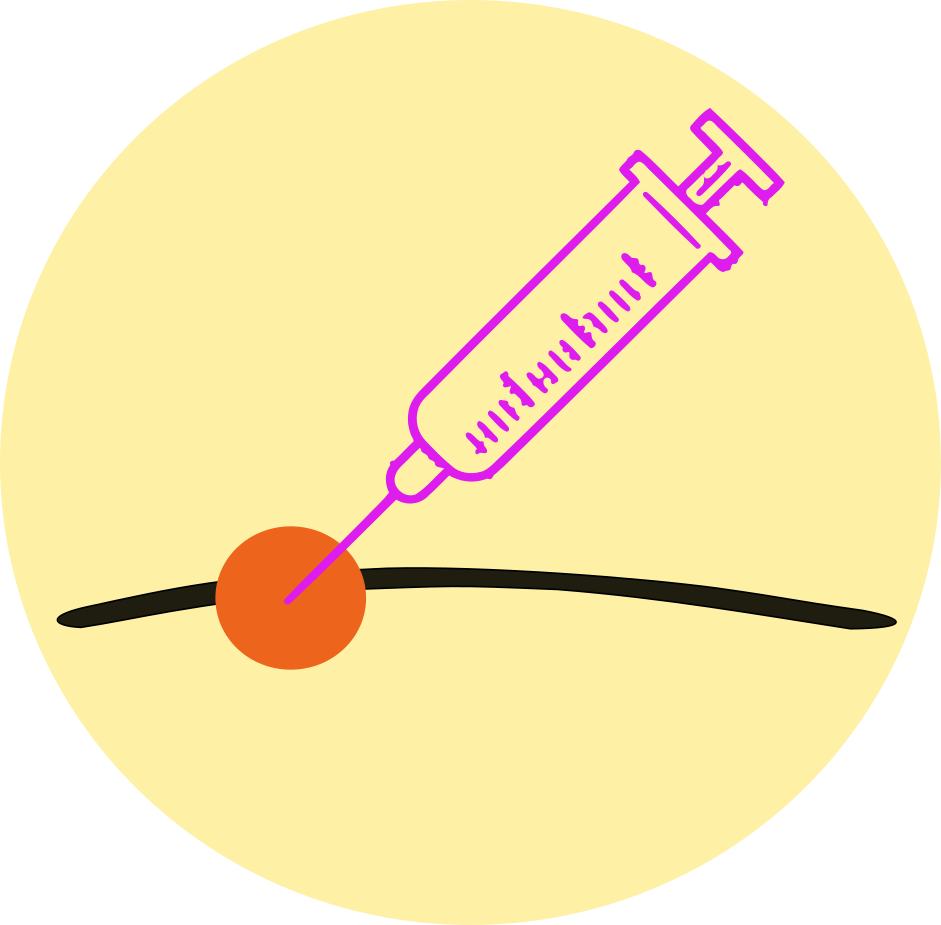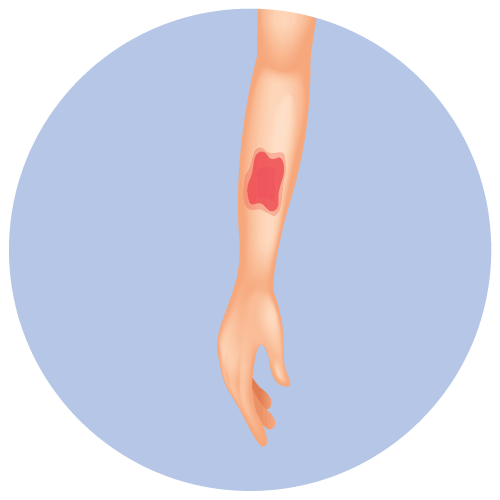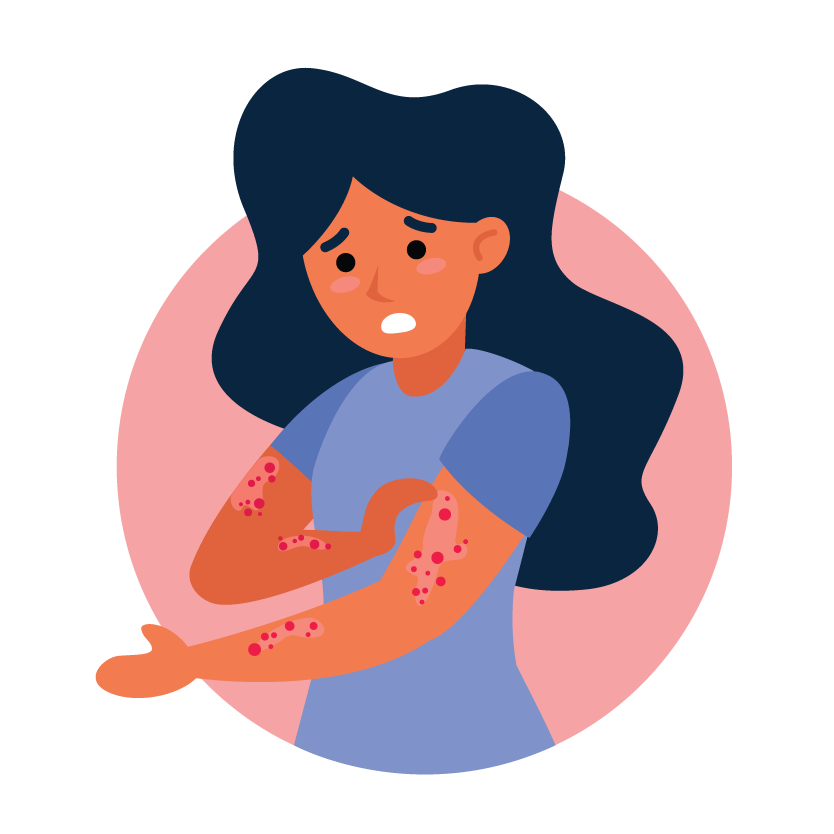Medicine details
| Image |  |
| Name | G Lignocaine 2% |
| Dosage | Injection |
| Generic Name | Adrenaline + Lidocaine Hydrochloride |
| Classes |
Dermatological/Topical Agent Anesthetic Local Anesthetic |
| Diseases |
Anesthesia Dental Surgery Labor Pain |
| Company | Gonoshasthaya Pharmaceuticals Ltd. |
Drug Package Details
| Strength | 18 mcg + 20 mg/ml |
| Storage Condition | |
| Origin Country | Bangladesh |
| Commercial Pack | 1 |
| Price per pack | ৳ 28.74 |
| Cost per pack | ৳ 25.29 |
| Package unit | 50 ml vail |
| Price per unit | ৳ 28.74 |
| Cost per unit | ৳ 25.29 |
| Discount | 0 |
| Coupon | |
| Remarks |
Adrenaline + Lidocaine Hydrochloride
Lidocaine Hydrochloride is a local anesthetic of the amide type. Lidocaine Hydrochloride diffuses into nerve cells, where it binds to sodium channels, preventing them from opening and blocking sodium ion influx. Nerve cells that are unable to allow sodium into their cells are unable to depolarize and conduct nerve impulses. Lidocaine is used along with adrenaline to induce vasoconstriction at the site of injection so that it is not absorbed into the blood.
Adrenaline + Lidocaine Hydrochloride is indicated for the following conditions-
- Local pain
- Local anesthesia
|
|
The recommended doses serve only as a guide to the amount of anesthetic required for most routine procedures. The actual volumes and concentrations to be used depend on a number of factors such as type and extent of surgical procedure, depth of anesthesia and degree of muscular relaxation required, duration of anesthesia required, and the physical condition of the patient. In all cases the lowest concentration and smallest dose that will produce the desired result should be given. Dosages should be reduced for children and for the elderly and debilitated patients and patients with cardiac and/or liver disease.
For epidural anesthesia, only the following dosage forms Lidocaine+ adrenaline Injection are recommended:
- 1% with epinephrine: 30 mL single dose solutions
- 1.5% with epinephrine: 30 mL ampules, 30 mL single dose solutions
- 2% with epinephrine: 20 mL ampules, 20 mL single dose solutions
For intravenous regional anesthesia, only the 50 mL single dose vial containing lidocaine HCl 0.5% Injection should be used.
For normal healthy adults, the individual maximum recommended dose of lidocaine HCl with epinephrine should not exceed 7 mg/kg (3.5 mg/lb) of body weight, and in general it is recommended that the maximum total dose not exceed 500 mg.
Common adverse reactions are application site reactions such as-
- irritation
- erythema
- pruritus
- Accidental Exposure: Even a used Lidocaine HCl topical system contains residual Lidocaine HCl after use. It is important for patients to store and dispose of Lidocaine HCl properly and keep out of the reach of children, pets, and others.
- Excessive Dosing/Overexposure: Applying Lidocaine HCl to larger surface areas or for a longer duration than recommended could lead to increased absorption and high blood concentrations of Lidocaine HCl, leading to adverse effects
- Increased Absorption on Non-Intact Skin: May result in higher blood concentrations of Lidocaine HCl
- Risk of Overexposure with External Heat Sources: Applying external heat sources to Lidocaine HCl may result in increased drug exposure
- Methemoglobinemia: Cases of methemoglobinemia have been reported in association with local anesthetic use
- Application Site Reactions: During or immediately after treatment with Lidocaine HCl, application site reactions may develop
- Hypersensitivity Reactions: Cross sensitivity to Lidocaine HCl in patients with a history of drug sensitivity to para-aminobenzoic acid (PABA) derivatives is possible
- Eye Exposure: Immediately wash out the eye with water or saline and protect the eye until sensation returns
Contraindication
Contraindicated in patients hypersensitive to lidocaine hcl or other local anesthetics, such as-
None known.
None known.





 Bangla
Bangla English
English